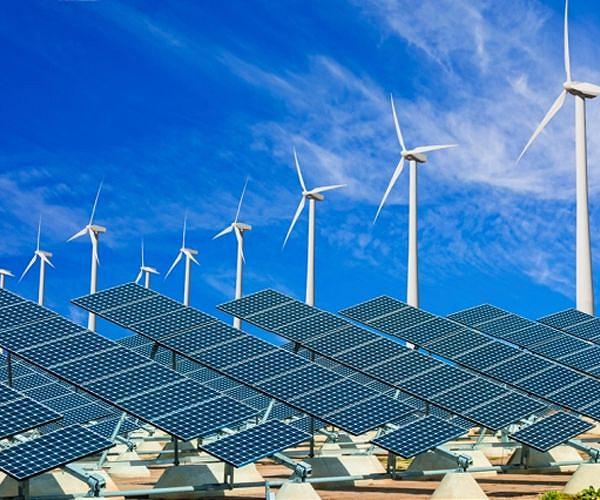
Revolutionary technique boosts flexible solar cell efficiency to record high
by Simon Mansfield
Sydney, Australia (SPX) Mar 28, 2024
Researchers at Tsinghua University have made a significant breakthrough in the efficiency of flexible solar cells, leveraging a novel fabrication technique to set a new efficiency record. This advancement addresses the longstanding challenge of the lower energy conversion efficiency in flexible solar cells compared to their rigid counterparts, offering promising implications for aerospace and flexible electronics applications.
Flexible perovskite solar cells (FPSCs), despite their potential, have historically lagged in efficiency due to the polyethylene terephthalate (PET)-based flexible substrate’s inherent softness and inhomogeneity. This limitation, coupled with durability issues arising from the substrate’s susceptibility to water and oxygen infiltration, has hindered the practical deployment of FPSCs.
The team from the State Key Laboratory of Power System Operation and Control at Tsinghua University, alongside collaborators from the Center for Excellence in Nanoscience at the National Center for Nanoscience and Technology in Beijing, introduced a chemical bath deposition (CBD) technique. This method facilitates the deposition of tin oxide (SnO2) on flexible substrates without the need for strong acids, which are detrimental to such substrates. Tin oxide is essential for the FPSCs as it acts as an electron transport layer, crucial for the cells’ power conversion efficiency.
Associate Professor Chenyi Yi, a senior author of the study, explained, “Our method utilizes SnSO4 tin sulfate instead of SnCl2 tin chloride, making it suitable for acid-sensitive flexible substrates. This approach not only enhances the efficiency of FPSCs but also their durability, with a new power conversion efficiency benchmark set at 25.09%, certified at 24.90%.”
The novel fabrication technique also contributes to the FPSCs’ stability, as demonstrated by the cells maintaining 90% of their initial efficiency after being bent 10,000 times. The researchers noted an improved high-temperature stability in SnSO4-based FPSCs over those made with SnCl2, pointing towards the dual benefits of efficiency and durability enhancements.
The research signifies a leap towards industrial-scale production of high-efficiency FPSCs, with potential applications ranging from wearable technology and portable electronics to aerospace power sources and large-scale renewable energy solutions. The team’s findings, supported by Ningyu Ren, Liguo Tan, Minghao Li, Junjie Zhou, Yiran Ye, Boxin Jiao, and Liming Ding, mark a pivotal step in transitioning FPSCs from laboratory to commercial use.
Research Report:25% – Efficiency flexible perovskite solar cells via controllable growth of SnO2
Related Links
Tsinghua University
All About Solar Energy at SolarDaily.com







